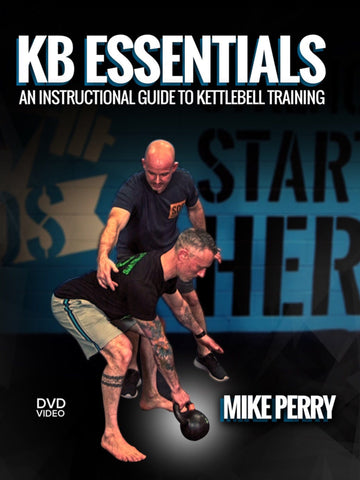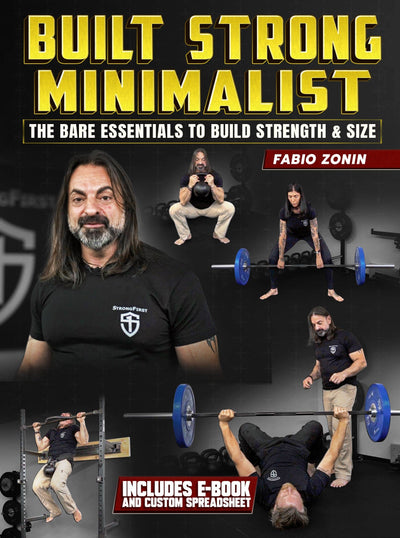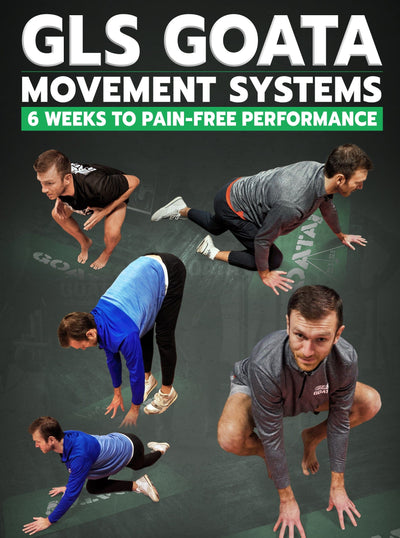Kettlebell Jerk
When it comes to functional training and building strength, few tools are as effective as the kettlebell. This compact, versatile piece of equipment offers a wide range of exercises that target multiple muscle groups simultaneously. One such exercise is the kettlebell jerk, a powerful movement that combines strength, stability, and explosive power. In this blog, we will explore the world of kettlebell jerks, delving into their benefits, proper technique, and why you should consider incorporating them into your fitness routine. We will also touch upon related terms such as the kettlebell clean and jerk, kettlebell push jerk, and the specific muscles worked during these exercises.
What this article covers:
- Understanding the Kettlebell Jerk
- Technique and Execution
- Kettlebell Clean and Jerk
- Kettlebell Push Jerk
- Muscles Worked During Kettlebell Jerk
Understanding the Kettlebell Jerk
The kettlebell jerk is a dynamic exercise that involves moving the kettlebell from a racked position to an overhead position using the power generated from the lower body. It engages the legs, core, shoulders, and arms, making it a highly effective compound exercise. Known for its ability to build strength, power, and stability while improving cardiovascular endurance, the kettlebell jerk offers a comprehensive full-body workout.
Benefits of the Kettlebell Jerk
Performing the kettlebell jerk regularly can yield several benefits for your fitness and overall well-being.
Firstly, it contributes to full-body strength development. By engaging multiple muscle groups such as the quadriceps, hamstrings, glutes, core, shoulders, and triceps, the kettlebell jerk helps build overall body strength and improves muscle tone.
Secondly, the jerk is an excellent exercise for developing explosive power. The forceful hip extension and quick transition required generate power, which is essential for various sports and activities like sprinting, jumping, and throwing.
Thirdly, the kettlebell jerk challenges stability. Throughout the exercise, maintaining stability is crucial to prevent injury and maximize performance. It specifically targets core and shoulder stability, helping improve overall balance and control.
Moreover, the kettlebell jerk is a high-intensity exercise that can significantly elevate your heart rate, contributing to increased endurance. Incorporating it into your training routine can enhance cardiovascular endurance, allowing you to perform better in other activities that require stamina.
Technique and Execution
To execute the kettlebell jerk with proper technique, follow these steps:
Begin with the kettlebell in the rack position, holding it close to your chest with the handle pointing diagonally upward. Assume a shoulder-width stance with toes slightly turned out. Brace your core and maintain a neutral spine throughout the movement. Initiate the jerk by slightly bending your knees and explosively extending your hips, driving the kettlebell upward.
As the kettlebell rises, utilize the power generated from your lower body to press it overhead. Simultaneously, dip your body slightly and drop underneath the kettlebell, allowing your arm to straighten and lockout overhead. Once the kettlebell is fully locked out overhead, stabilize it for a moment, and then lower it back to the rack position in a controlled manner. Repeat the movement for the desired number of repetitions.
Kettlebell Clean and Jerk
The kettlebell clean and jerk is a two-part exercise that combines the kettlebell clean with the kettlebell jerk. The clean involves lifting the kettlebell from the floor to the racked position, where the kettlebell rests on the shoulder. From the racked position, the jerk is executed by explosively extending the hips and pressing the kettlebell overhead.
Kettlebell Push Jerk
The kettlebell push jerk is a variation of the kettlebell jerk that primarily focuses on using the lower body to generate power. In the push jerk, instead of dropping underneath the kettlebell, a slight dip and drive of the legs are utilized to propel the kettlebell overhead.
Muscles Worked During Kettlebell Jerk
The kettlebell jerk is a complex movement that engages various muscle groups throughout the body. The kettlebell jerk muscles worked during this exercise include:
Legs: The quadriceps, hamstrings, and glutes are heavily involved in generating power during the initial drive and extension phase of the jerk.
Core: The core muscles, including the abdominals, obliques, and lower back, play a crucial role in stabilizing the body and maintaining an upright posture throughout the movement.
Shoulders: The deltoids, particularly the anterior and lateral heads, are activated during the pressing phase of the jerk, as they help in raising the kettlebell overhead.
Arms: The triceps and forearm muscles are engaged in supporting and stabilizing the kettlebell as it is pressed overhead and held in the locked-out position.
Upper Back: The muscles of the upper back, including the rhomboids, trapezius, and rear deltoids, help in maintaining stability and control during the movement.
Incorporating the kettlebell jerk into your fitness routine can yield numerous benefits, including improved strength, power, stability, and endurance. By focusing on proper technique, gradually increasing weight, and prioritizing safety, you can maximize the effectiveness of this dynamic exercise. So, grab a kettlebell, unleash your strength and power, and enjoy the incredible benefits that the kettlebell jerk has to offer!
Did you find the blog helpful? If so, consider checking out other guides:
- Kettlebell Lunge Press
- Kettlebell Walking Lunge
- Kettlebell Lateral Lunge
- Kettlebell Curtsy Lunge
- Kettlebell Overhead Lunge
- Double Kettlebell Snatch
- The Kettlebell Half Snatch
- Kettlebell Thruster
- Kettlebell Squat Thrust
- Kettlebell Thrust
- Kettlebell Row
- Kettlebell Upright Row
- Renegade Rows with Kettlebells
- Kettlebell Gorilla Rows
- The Kettlebell Ballistic Row





